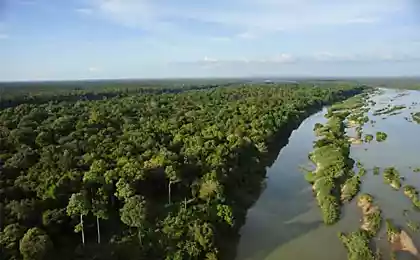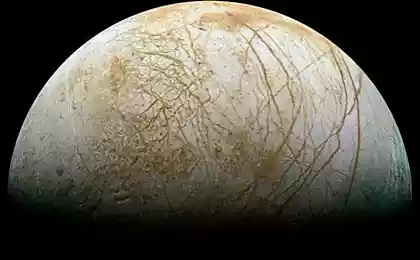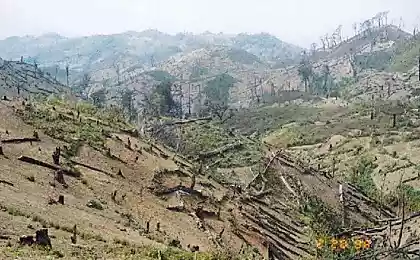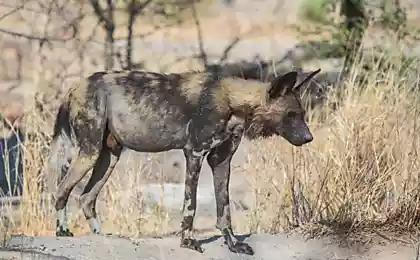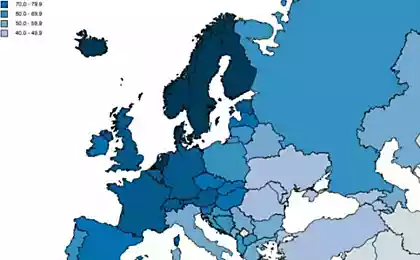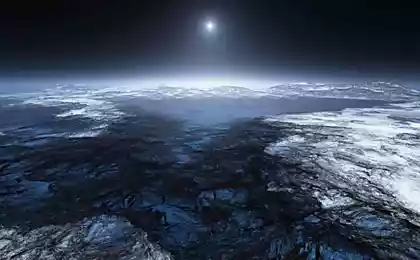714
Wild forest Europe
Photographer Markus Mauthe attended, on behalf of Greenpeace, 27 virgin forests in all parts of Europe. There was a book that shows the power and majesty of nature untouched.
14 photos via stern.de
1. In the photo: the wolf roams the forest in Finland. In many regions, the beast, which is composed of many myths and legends, has long been extinct. Yet, in some areas the wolf again gradually gaining living space.
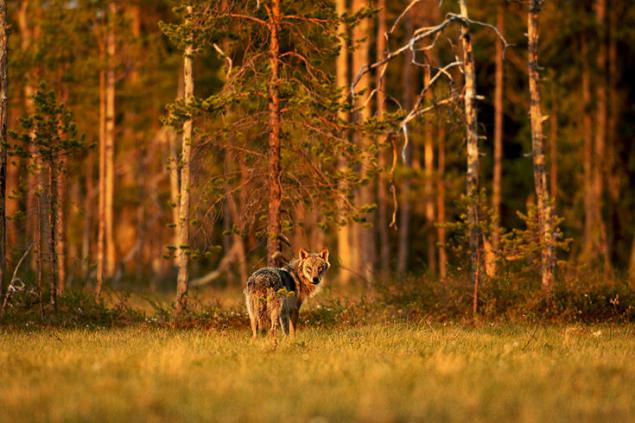
2. Stored in its original form landscapes of pristine forests in Europe there is now very rare in the first place, they can be seen in Russia, Finland, Sweden, Romania and Norway. Ormternkampen- national park in Norway. The reserve is growing along with spruce and birch trees, other plants, which in Norway is almost nowhere else seen.
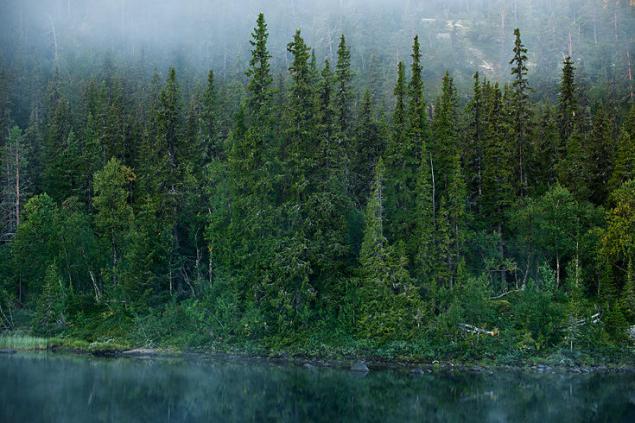
3. In all Skandivanii live today only a few thousand brown bears.

4. The crown of the tree bundled up in mist, colorful foliage is a soft carpet on the ground.
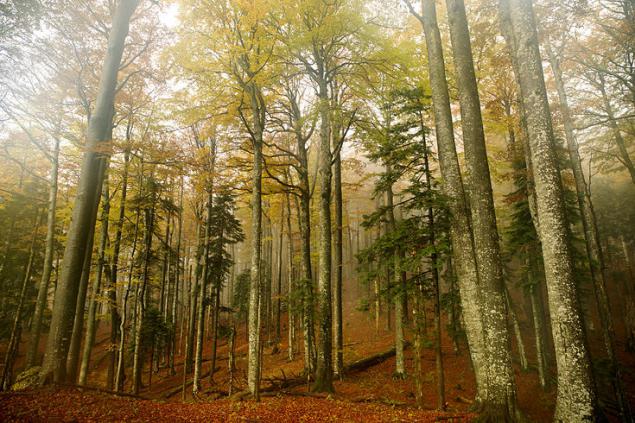
5 2, 5 years old photographer Markus Mauthe traveled to Europe. Photo: Autumn in the forest on the border between Croatia and Slovenia. Forest is not only a vital prostanstvo for plants and animals, it also contributes to the protection of the atmosphere, as trees take up a lot of harmful carbon dioxide.
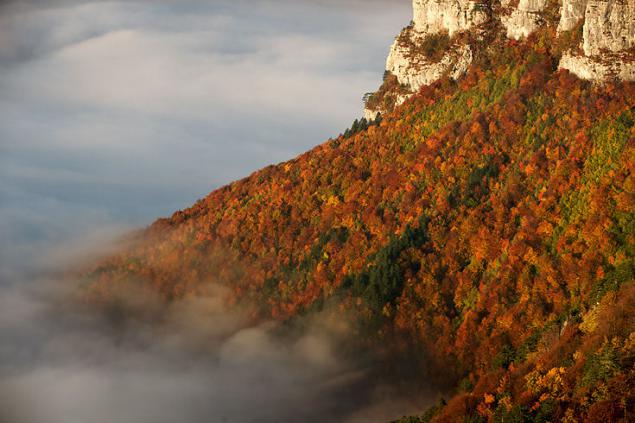
6. Hallerbos in Belgium. Once a year, in spring, for a short time, the forest turns into a fairy tale real bells bloom, turning the soil in the forest purple carpet.
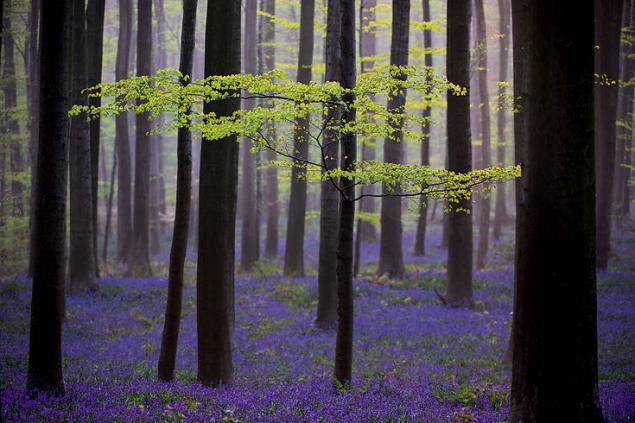
7. More than 4 million finches hovering in the sky over the Black Forest (forest on the land of Baden-Württemberg, Germany)
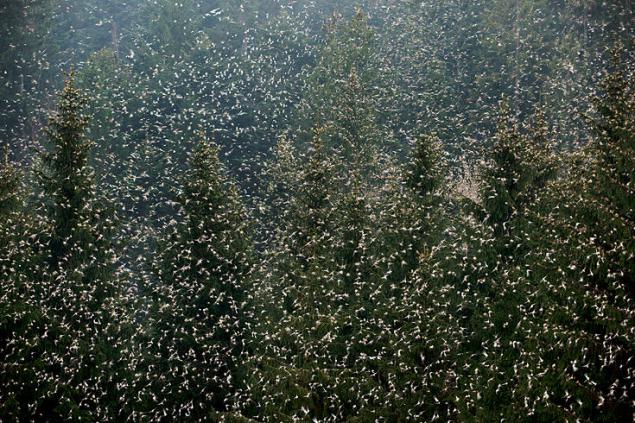
8. Threatening clouds over mossy rocks and bare trees. This, rather, a strange landscape can be seen in the Bavarian Forest. Being on top of the mountain Lusens (Lusens), which has more than a thousand meters in height, you can watch a beautiful picture of the National Park. Spruce and pine are at home, although the latter is dominated by the high regions, as they are less susceptible to cold and wind.

9. Anyone would agree to spend a vacation. This blue lagoon is located in Croatia, in the National Park "Plivitskie lakes." Most likely, in the cool waters of the tourists would feel as well as fish that is found here in abundance. But to swim in the lakes of the protected area is strictly prohibited.
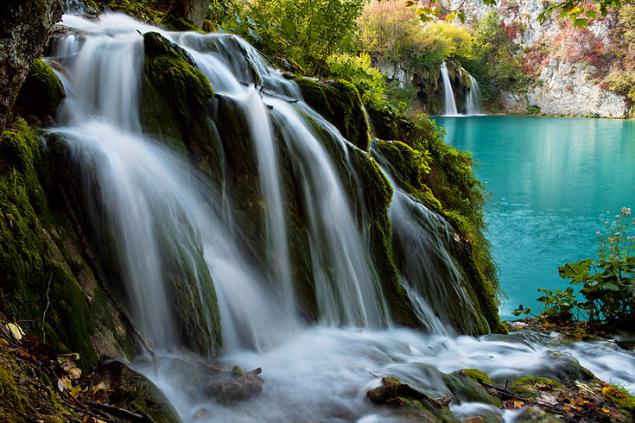
10. In southern Europe, the human impact on nature is particularly high. Therefore, there remained the least amount of natural forests. These laurel forests, located on the island of Gomera (Spain), clearly belong to this.

11. Here you can still find untouched nature: Eastern Europe is known for its wild forests. Especially in the north-western part of Russia there are dense forests of fir and spruce. Moss, lichen and other land plants have adapted to the harsh climate and the soil cover most of the forests in the area of the Ural Mountains.
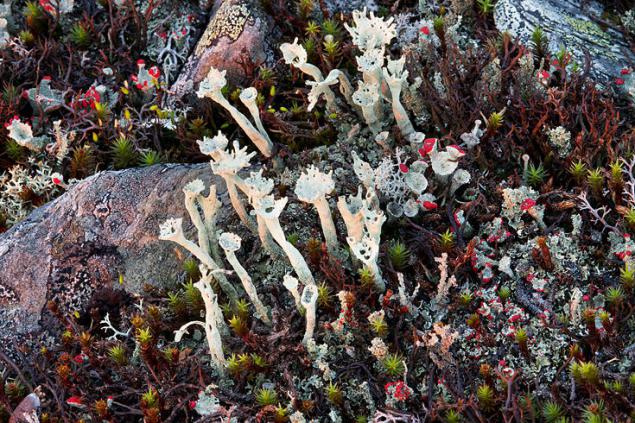
12. Green spot on the steep cliffs of more than 90% of all natural forests in Europe are located in the northwest of Russia.
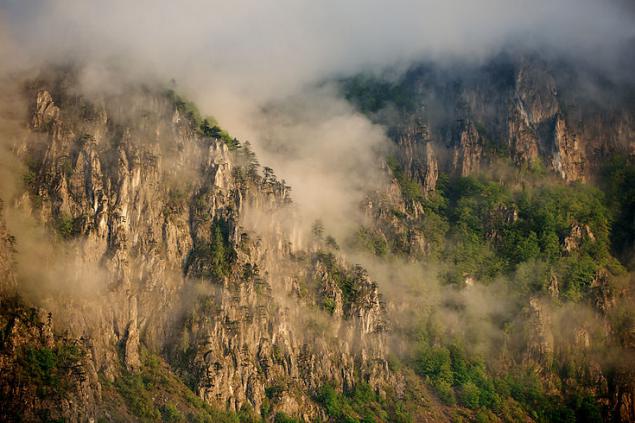
13. "Bialowieza Forest" is located on the territory of modern Belarus and Poland. This national park was included in the UNESCO World Heritage List, it was granted the status of a biosphere reserve.
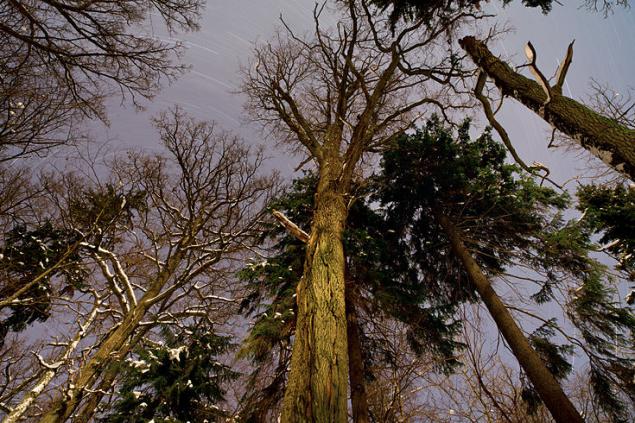
14. The purpose and meaning of the book, leading readers through the last wild forests of Europe, to draw attention to the danger of extinction of wildlife. She-call for the preservation of the environment.
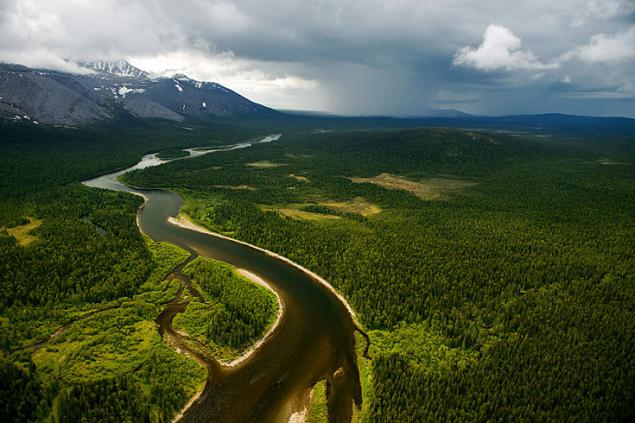
Source:
14 photos via stern.de
1. In the photo: the wolf roams the forest in Finland. In many regions, the beast, which is composed of many myths and legends, has long been extinct. Yet, in some areas the wolf again gradually gaining living space.

2. Stored in its original form landscapes of pristine forests in Europe there is now very rare in the first place, they can be seen in Russia, Finland, Sweden, Romania and Norway. Ormternkampen- national park in Norway. The reserve is growing along with spruce and birch trees, other plants, which in Norway is almost nowhere else seen.

3. In all Skandivanii live today only a few thousand brown bears.

4. The crown of the tree bundled up in mist, colorful foliage is a soft carpet on the ground.

5 2, 5 years old photographer Markus Mauthe traveled to Europe. Photo: Autumn in the forest on the border between Croatia and Slovenia. Forest is not only a vital prostanstvo for plants and animals, it also contributes to the protection of the atmosphere, as trees take up a lot of harmful carbon dioxide.

6. Hallerbos in Belgium. Once a year, in spring, for a short time, the forest turns into a fairy tale real bells bloom, turning the soil in the forest purple carpet.

7. More than 4 million finches hovering in the sky over the Black Forest (forest on the land of Baden-Württemberg, Germany)

8. Threatening clouds over mossy rocks and bare trees. This, rather, a strange landscape can be seen in the Bavarian Forest. Being on top of the mountain Lusens (Lusens), which has more than a thousand meters in height, you can watch a beautiful picture of the National Park. Spruce and pine are at home, although the latter is dominated by the high regions, as they are less susceptible to cold and wind.

9. Anyone would agree to spend a vacation. This blue lagoon is located in Croatia, in the National Park "Plivitskie lakes." Most likely, in the cool waters of the tourists would feel as well as fish that is found here in abundance. But to swim in the lakes of the protected area is strictly prohibited.

10. In southern Europe, the human impact on nature is particularly high. Therefore, there remained the least amount of natural forests. These laurel forests, located on the island of Gomera (Spain), clearly belong to this.

11. Here you can still find untouched nature: Eastern Europe is known for its wild forests. Especially in the north-western part of Russia there are dense forests of fir and spruce. Moss, lichen and other land plants have adapted to the harsh climate and the soil cover most of the forests in the area of the Ural Mountains.

12. Green spot on the steep cliffs of more than 90% of all natural forests in Europe are located in the northwest of Russia.

13. "Bialowieza Forest" is located on the territory of modern Belarus and Poland. This national park was included in the UNESCO World Heritage List, it was granted the status of a biosphere reserve.

14. The purpose and meaning of the book, leading readers through the last wild forests of Europe, to draw attention to the danger of extinction of wildlife. She-call for the preservation of the environment.

Source:

